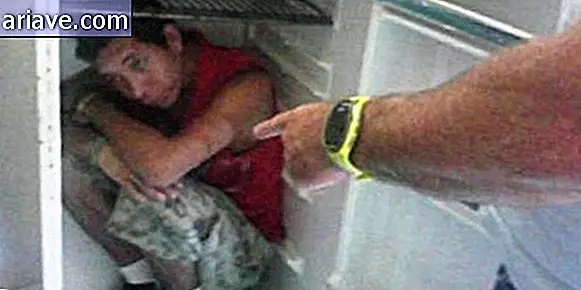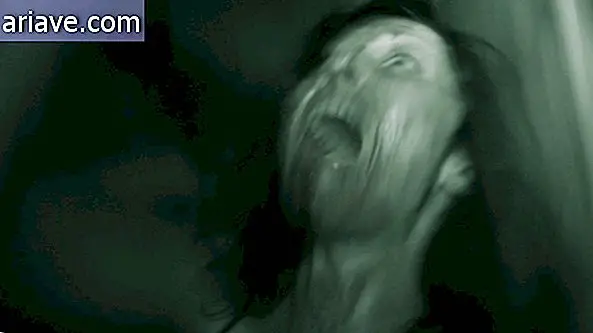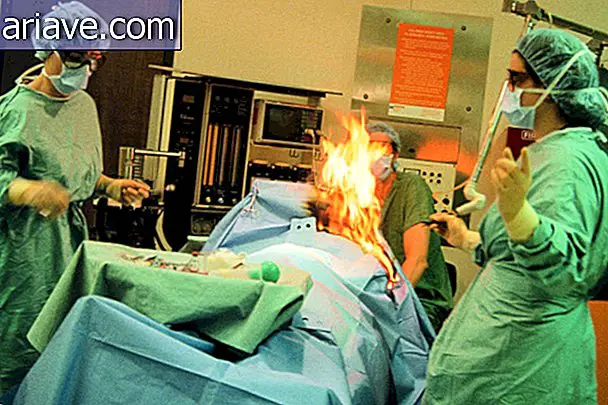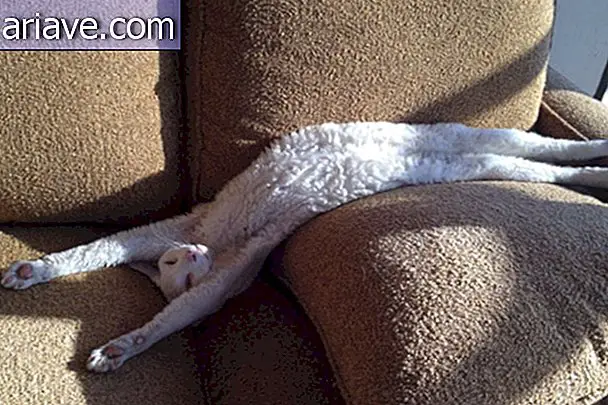Sarcophagus kept in museum for 150 years kept a mummy - and no one knew
Think of the surprise of a team of archaeologists who decided to poke at a sarcophagus that had been empty for over a century and found that the coffin was not empty at all! According to Michelle Starr of Science Alert, the case happened in Australia and what the scientists found was the remains of a 2, 500-year-old Egyptian mummy - who was there, enjoying her eternal good rest.
Long story
The story of the sarcophagus is as follows: originally it was acquired in Egypt by one such Sir Charles Nicholson - a British explorer, politician and philanthropist who spent much of his life in Australia. This man assembled a beautiful collection of lifelong artifacts and was also one of the founders of the University of Sydney in 1850. Then, in 1860, he donated the Egyptian coffin, along with a host of other objects, to the university museum. - where the relic was part of an exhibition.

According to the museum's records, a professor of archeology at the institution named Dale Trendall made a manual listing the artifacts in the museum in 1948, and for some reason - did laziness roll? - listed the sarcophagus as empty. The site database even reported that the artifact contained debris, but so far no one had bothered to seriously analyze the contents of the relic. And ... surprise!

According to Michelle, the sarcophagus has been running around the museum for almost 160 years and was at least 20 since it was open. So the team of archaeologists led by Jamie Fraser decided to investigate the contents of the artifact and found that among the debris there were human bones, strips and fragments of a type of pottery called faience and remnants of resin that the mummifiers applied to the former occupant. of the sarcophagus.
The hieroglyphics at the top of the sarcophagus indicate that it belonged to a woman named Mer-Neith-it-es who was a priestess of the temple dedicated to the goddess Sekhmet - the deity of ancient Egyptian medicine and revenge and was portrayed as a woman. with lioness head - around 664 and 535 BC, more or less.

It is impossible to say whether the bones and other fragments contained in the sarcophagus are really of the priestess, since whoever sold the relic to Nicholson in Egypt may have placed any mummy inside. But neither can the possibility be completely ruled out.
What has been discovered so far?
Archaeologists have taken a sarcophagus and have identified a pair of ankles, feet, and toes, suggesting that it holds the remains of just one person. Also, by analyzing the morphology of some of the bones, scientists believe the artifact occupant was at least 30 years old when he died.

The examination also revealed that some of the resin found inside the sarcophagus was applied to the body after the brain was removed from the skull by the mummifiers - and the cool thing is that it is similar to the material used in Tutankhamun's mummification. This is what archaeologists have been able to discover at the moment, but they will continue with the surveys and must search every fragment and debris found inside the sarcophagus and examine each bone to see what else they find.











